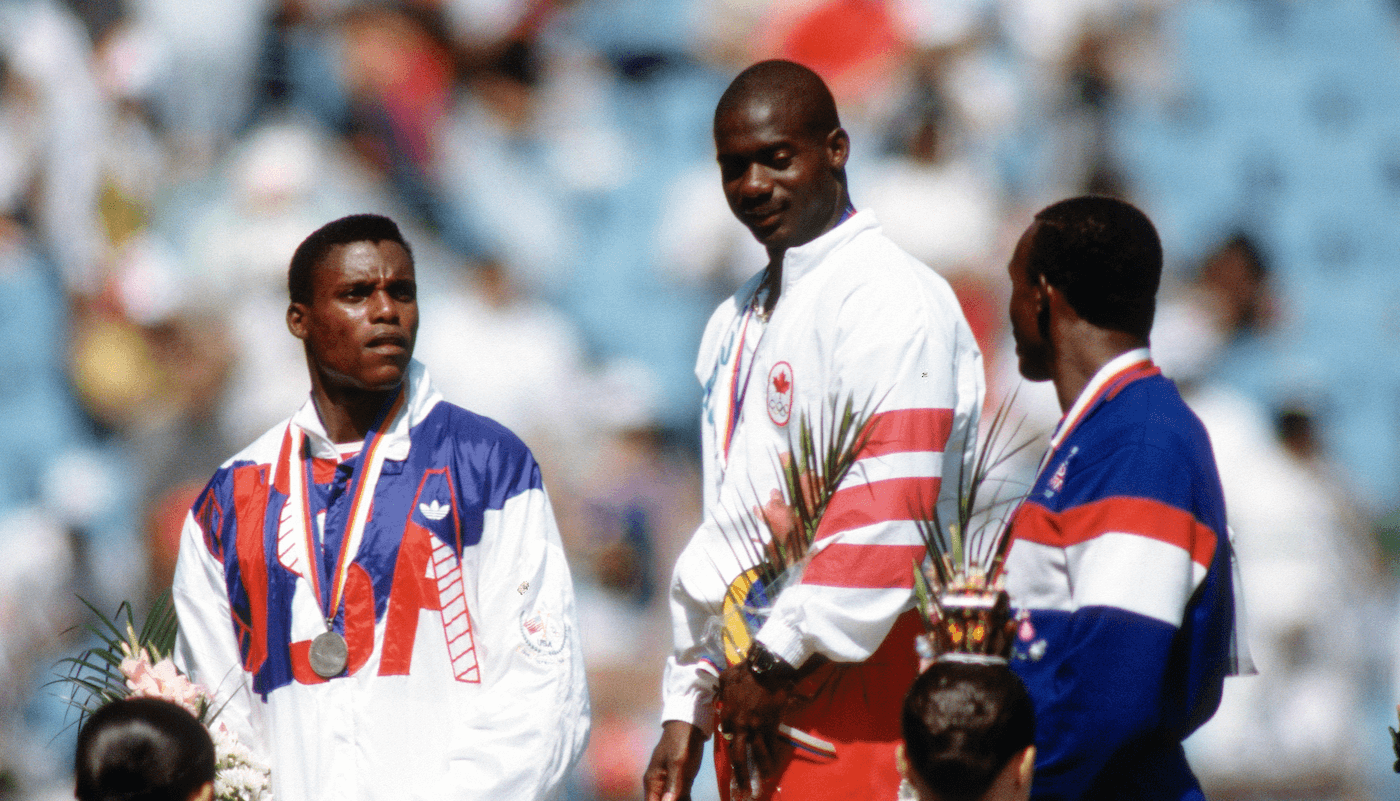A new vacancy comes in and what’s your first thought? We better start looking for some candidates, right? But chances are you may have already met a couple of great ones the last time you advertised for this post. The ones who almost got the job. It would be lunacy to start again from scratch, wouldn’t it? Then why do we keep doing it? A lot of questions, I know. But this is something that I feel passionately about.
As a talent acquisition specialist, much of your work goes into candidate attraction and engagement where the focus is often on the latest roles to fill. We get that. But we think there’s a really powerful case for a process that manages the candidates you didn’t hire – at least not this time. Before you start the whole candidate journey again, you could save a lot of time, as well as doing your employer brand no harm at all if you build a candidate relationship management strategy. And not just for those who came so close. Those that didn’t make it to interview stage at all will also have a view of your process.
Meeting candidate expectations
You’ve created that brilliant candidate experience from the initial point of contact right through to the point of interview. But sadly, not everyone gets an offer, despite how good they might be. And it’s the ‘what happens next’ part that can either prove how strong your employer brand really is – or serve up a damaging case of underwhelm. Nothing will destroy an employer proposition, brand or reputation quicker than a bad candidate experience. We’ve all heard these horror stories. “The questions were rubbish and I didn’t feel I had the opportunity to shine.” or “The interviewer was distracted. Always looking at their phone. Don’t bother going to work for them. It’s a terrible organisation.”
These experiences feed directly into how candidates view your employer brand. According to research covered on LinkedIn, nearly 4 in 5 candidates (78%) say the overall candidate experience they receive is an indicator of how a company values its people. What’s more, research by People Scout found that nearly half (48%) of candidates did not receive feedback on their last application. And of those who did, 38% stated that the comments they received weren’t helpful.
You can put a value on the damage caused too. We’ve shared this one before – and probably will again. Research by Virgin Media found that poor candidate experience was potentially costing them £5.4 million a year in cancelled subscriptions.
What better reason then for a process that treats all candidates with the respect their application deserves – whatever the outcome?
The 90 day factor
Here’s another reason why you really need to keep a dialogue with those candidates you almost hired. A recent HR Grapevine article claimed that around 30% of new starters leave within 90 days. Yep, those perfect hires don’t always work out. It might not have been the right culture for them, the job may not have met their expectations. It happens. The easiest thing to do would be then to fall back to those that narrowly missed out because they are likely to be a very good fit. And if you’ve got a good relationship with them, you don’t have to go through the recruitment process again.
Building candidate relationships – and positive experiences
There could be many ways you classify your candidates, but we’ll keep it simple here with three categories we can all relate to.
Those you’ve hired – your gold medalists
These people made it all the way through, received an offer and joined. But don’t make the mistake of believing acceptance of your offer is the end of the candidate experience. As with any purchase, buyers can change their mind. The 90 day factor presents a powerful argument to effectively extend the candidate experience into an on-boarding process that lives up to (or exceeds) the expectations set during the hiring process.
Your gold medalists are settling in. It’s a time to build relationships, build a strong sense of belonging and help them feel they’ve made the right decision. Keep a one-to-one dialogue with them. Build a relationship between the hiring manager who will be their peer and they will probably admire, and the recruitment manager who has maybe a direct recruitment relationship with them. Make sure you maintain that, particularly within the first six months of the hire. Ask yourself what can you do to present the best version of working for you?
Interviewed but not appointed – your silver medalists
They were the people who probably would’ve got the job if there hadn’t been the gold medalist – the person you hired. An ideal candidate in so many ways, but perhaps you only had one role. You may have wanted to hire them both but just couldn’t. They may not have been hired but there’s no need to be completely out the loop. If they’re a really good candidate it’s a good idea to maintain person-to-personal contact with the hiring manager and maybe the recruitment manager. You could arrange a follow-up meeting and talk them through where they fell short and maybe give them potential areas of development for things that you’re looking for in the future.
Another ‘keep in touch’ tactic could be sending them to a hidden page on your careers website that has further careers information and also have the link to register for job alerts. It’s a similar approach to keeping a relationship with customers, but just applied to candidates.
Not invited to interview – your bronze medalists
For people who didn’t make it to interview, the ideal solution is a low touch piece of engagement that still helps these unsuccessful candidates. This might be a page with resources to help make their next application more powerful. Or even listing things that you might have been looking for as part of their application. It’s about relieving any pain of not getting shortlisted for that job just a little bit. You are saying, “Here’s some advice, further details about us, register for job alerts and we’ll let you know as and when we’ve got vacancies available.”
If you are an organisation that offers products, could you offer them a discount voucher that encourages them to engage with you consumer brand. It means that, not only are you avoiding impacting your employer brand, but you’re avoiding it impacting on your consumer brand as well. They might not be a potential employee, but there’s no need to lose them as a customer.
Thoughtful rejection and feedback
The rejection side of the recruitment process is the least rewarding for a recruiter. No one wants to give bad news just as much as candidates don’t want to hear it. But it’s something you just can’t disregard. You may receive applications from hundreds of candidates but each one has a very personal view of their own, thoughtfully crafted application. They deserve some meaningful acknowledgement and very negative opinions can form if this doesn’t happen.
How you give feedback or send rejection emails will vary depending on the role they’ve applied for, but we think there are some fundamentals they need to contain. It’s a nice touch to recognise and thank them for the time and effort your candidate has invested in their application. And, as we’ve covered above, giving them some helpful content that improves their chances and overall employability can turn a negative into a positive.
Finally, if you have the time to do this with the thought it clearly needs, you could offer feedback on their interview performance. What did they do well, what areas could have been better, the questions they might have anticipated etc. Give some specific examples they can take away and draw upon for next time.
The story behind the image
For those of you who don’t remember the 1988 Olympic 100 metre final. Ben Johnson smashed the world record and the field in an awesome display of speed and strength. Of course, a failed drugs test stripped Johnson of his gold medal and promoted Carl Lewis and our own Linford Christie to gold and silver medals respectively. See it pays to keep in touch with the runners and racers as you never know when you may need to replace someone.
In conclusion
Candidates are naturally focused on their experience, the hundreds of other applications you may have received aren’t their concern. You have the challenge of creating a process that feels personal while dealing with volume. The gold, silver and bronze categories are broad brush descriptions of scenarios where it will be beneficial to have candidate relationship strategies in place. It needs to be as positive as it can be for everyone, no matter how far along the candidate journey they went.
Need a little help?
If you feel that you’d like some help, support or even a little chat around building your employer brand or any aspect of your talent attraction strategy just drop us a line. After all, much of our best work has started with a cup of tea and a Zoom call.


